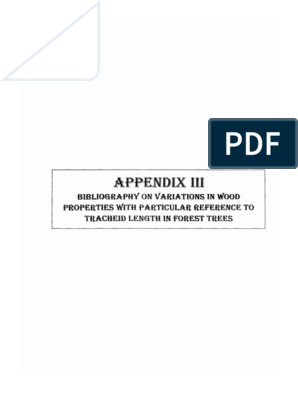0% found this document useful (0 votes)
587 views6 pagesGymnosperm and Angiosperm
Gymnosperms are seed plants with exposed seeds, unlike flowering plants whose seeds are enclosed. Key gymnosperm groups include conifers like pines and firs, cycads, ginkgos, and gnetophytes. Pines have needle-like leaves arranged in clusters and produce resin canals to deter insects and prevent fungal growth. Their wood is used for construction and paper production. Gymnosperms provide economic and ecological benefits as sources of food, medicine, and timber.
Uploaded by
AJCopyright
© © All Rights Reserved
We take content rights seriously. If you suspect this is your content, claim it here.
Available Formats
Download as PDF, TXT or read online on Scribd
0% found this document useful (0 votes)
587 views6 pagesGymnosperm and Angiosperm
Gymnosperms are seed plants with exposed seeds, unlike flowering plants whose seeds are enclosed. Key gymnosperm groups include conifers like pines and firs, cycads, ginkgos, and gnetophytes. Pines have needle-like leaves arranged in clusters and produce resin canals to deter insects and prevent fungal growth. Their wood is used for construction and paper production. Gymnosperms provide economic and ecological benefits as sources of food, medicine, and timber.
Uploaded by
AJCopyright
© © All Rights Reserved
We take content rights seriously. If you suspect this is your content, claim it here.
Available Formats
Download as PDF, TXT or read online on Scribd
/ 6

























































































